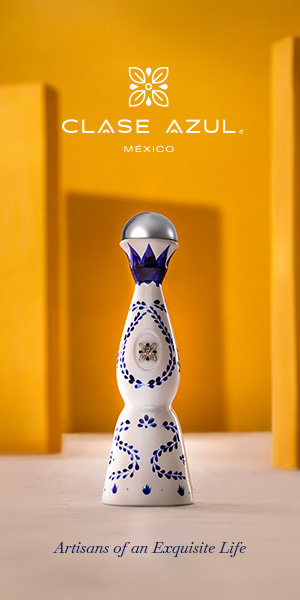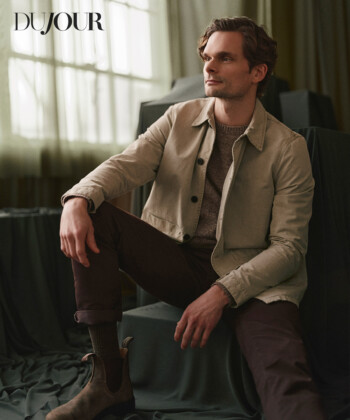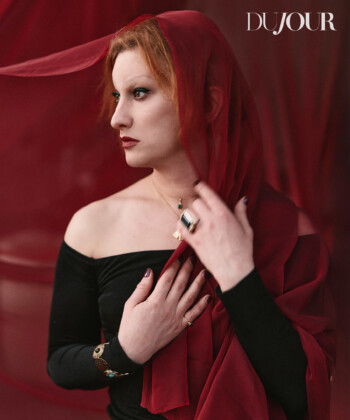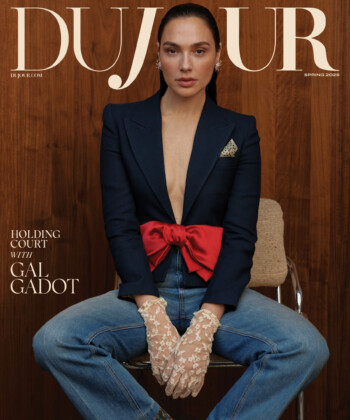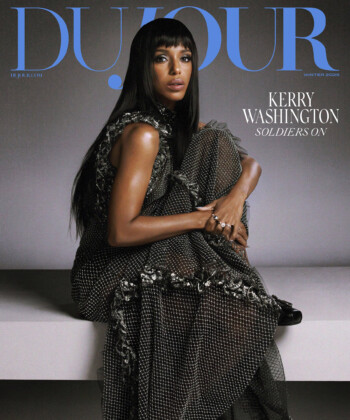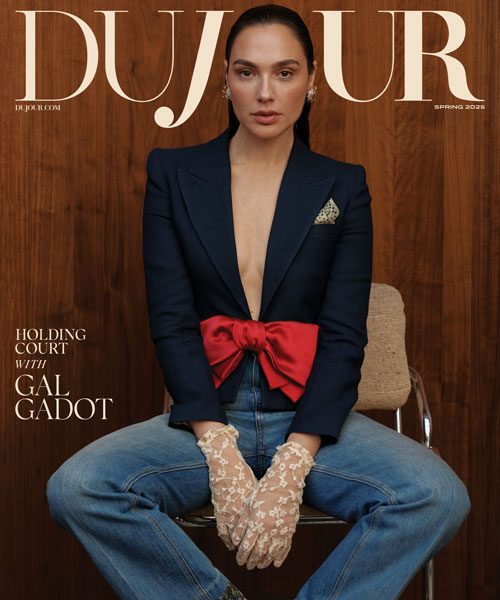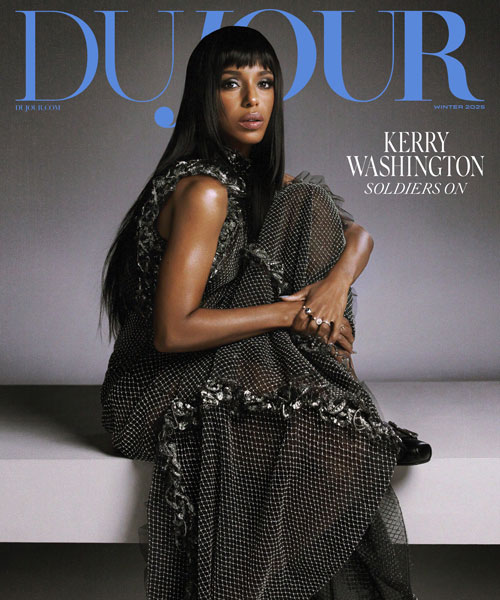The fact that New York Mayor Michael Bloomberg decreed September 4 to be Elie Tahari Day at the brand’s Midtown pop-up shop last week gives the designer good reason to celebrate. The road to success for Tahari is a classic story of hard work and gumption: In 1971, he was a 19-year-old immigrant from Israel who entered the fashion world as a Garment District electrician and emerged at the helm of an iconic American fashion house. By the brand’s 40th anniversary this year, Tahari has boutiques across the country, is sold in over 600 locations and is expanding internationally with T Tahari, its lower-priced label.
In between banner year celebrations and just before debuting his spring 2014 collection, Tahari took some time to chat with DuJour and take a look back at a few favorite career milestones—the definitive origins of the tube top included.
In 40 years you’ve had over 100 shows. Which has been your most memorable?
My spring 2012 show at Lincoln Center—that was very memorable to me. It was a new venue [at the time] and my first time showing there. There’s always something exciting when you try something new for the first time.
What was your very first show like?
My first show was in 1979 at Studio 54. Fashions were flashy and sexy during that era. I created a dance dress for women to wear to the disco. I remember being so excited! I put everything into my first collection, and I couldn’t wait to introduce my creations to the fashion scene in New York.
How have your designs evolved since that first show?
I started off making flirty dance dresses and tube tops during the disco Studio 54 era. I opened my Madison Avenue boutique in 1974, and then I transitioned into women’s dresses and career power suits in the ’80s. Today, I design clothes for the modern sophisticated woman.
And the Tahari woman—how has she changed over the past 40 years?
The Elie Tahari woman, today, is strong and confident. Over the past 40 years, women’s roles in society and the work place have tremendously progressed, and I like to think my designs have adapted with their success. Customers will tell me stories about how they wore an Elie Tahari suit to their first interview and got the job.
What was your inspiration for the spring 2014 collection?
The new collection was inspired from the architecture of Brasilia, the federal capital of Brazil designed by the architect Oscar Niemeyer.
After so many years, how do you deal with the stresses of fashion week?
I am lucky to be surrounded by such a great team, one that helps to make my presentation a success. However, there are still plenty of late nights at the office, so we make sure to order great food and listen to a little music! Lately I have been listening to Bebel Gilberto and keeping in mind my inspiration in Brasilia.
Lastly, why you think the tube top became such a popular item of clothing?
A fashion manufacturing error occurred, resulting in a pile of fabric tubes—some of these mistakes ended up in a New York boutique. I knew right away they were going to be a hit. I bought a pile of them for $2.00 a piece and resold them for $4.00. I then snuck into a trade show with my bag of tubes, no credentials and pictures showing how to wear them. By the end of the day, I had thousands of orders! That was the beginning of my wholesale career.
Click through the gallery to see photos from Elie Tahari’s life and career.



























